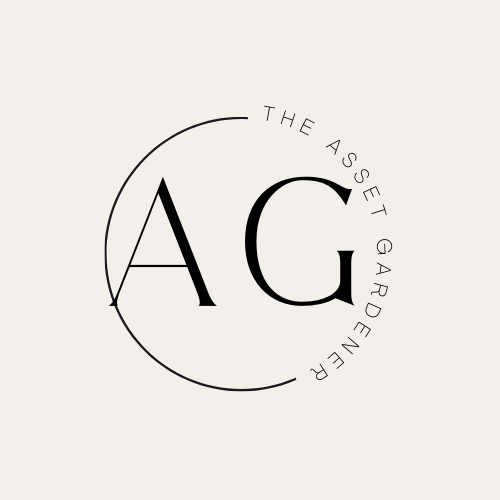
Bank of Canada Holds Rates Steady Amidst Mortgage Renewal Pressures
This week, the Bank of Canada (BoC) made headlines by deciding to keep its policy interest rate steady for the third consecutive time. For many homeowners facing mortgage renewals, particularly those who hoped for a dip in rates to alleviate financial strain, this news serves as a reminder of the ongoing economic unpredictability. The mounting pressures from U.S. tariffs and trade policies have compounded the situation, and while the bank has reduced rates by 225 basis points since their peak earlier in 2023, current fixed mortgage rates still hover between 4% and 4.5%—a stark contrast to the less than 2% interest rates available in 2020 and 2021.
These increased payments are not just a financial headache for many, but they are also contributing to rising mortgage delinquencies, particularly noted in Ontario and British Columbia. According to Rachelle Younglai's insights, while delinquency rates have increased from historic lows, they are not yet significant enough to adversely impact the housing market as a whole.
The Bargaining Power of Homeowners
Interestingly, despite the challenges posed by the BoC's steady rate decision, current market conditions have provided homeowners with unique negotiating power over mortgage renewals. Recent changes to mortgage rules have simplified the process for mortgage holders, allowing them to switch lenders more easily and shop for lower rates. Erica Alini highlights that lenders, faced with a tepid housing market, are eager to retain renewal business, thereby creating an opportunity for homeowners to negotiate better deals.
Modular Homes: A Future Solution for Housing Affordability?
Beyond interest rates and mortgage renewals, the broader housing landscape is also evolving. Amidst the traditional challenges of affordability, modular housing is garnering attention as a potential solution. Despite financial troubles leading one modular-home builder towards a court-ordered receivership process, this sector remains optimistic about the future. With Prime Minister Mark Carney endorsing modular homes as a way forward, the promise of prefabricated constructions offers both an innovative approach to housing and low-cost options for prospective homeowners.
Current Market Trends: Understanding Variable and Fixed Rates
In addition to examining the impacts of interest rates, it is essential to stay abreast of the current mortgage trends within Canada. As of the end of July, homebuyers can find the lowest available fixed and variable mortgage rates, which signal shifts in the lending market. Understanding these nuances allows investors and homeowners alike to better position themselves amidst fluctuating market conditions. The emergence of enticing fixed and variable rates can lead to informed financial decisions, particularly for new buyers anticipating rising prices in this unpredictable market.
Potential Strategies for Homeowners Facing Renewals
With changing mortgage rules and a landscape marked by high rates, what strategies can homeowners employ when faced with renewal? Firstly, it’s vital to review your credit score before applying for a new mortgage—an improved credit profile can help in securing better interest rates. Additionally, researching various lender offerings and being prepared to switch can be beneficial. Lastly, consulting with a mortgage broker can provide valuable insights into lesser-known options that may suit individual financial circumstances.
This strategic approach not only empowers homeowners but can lead to significant savings over the term of the mortgage. By navigating this landscape thoughtfully, individuals can make choices that enhance their financial well-being, especially during challenging economic periods.
What This Means For the Future
The BoC's steady interest rate, while initially perceived negatively by homeowners and potential buyers, opens avenues for negotiation and strategic mortgage planning. As the housing market continues to adapt to economic pressures, the ongoing dialogues around modular homes also hint at a transformative change in the real estate landscape. For investors, business owners, and realtors, staying informed and agile will be key to leveraging these market dynamics.
As we look at the evolving situation, a willingness to innovate and adapt amidst higher costs will define how homeowners and investors navigate the complex world of real estate in the months to come.
 Add Row
Add Row  Add
Add 




Write A Comment